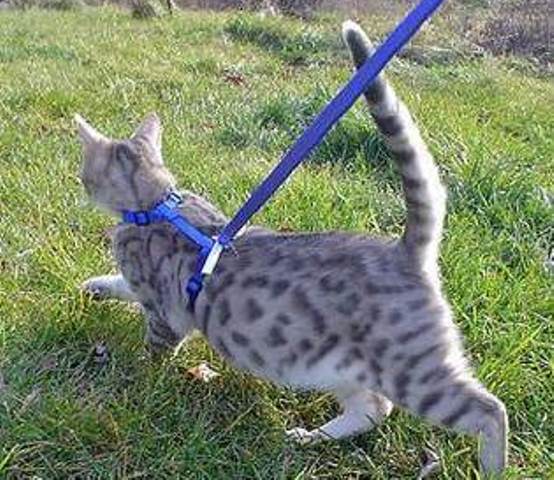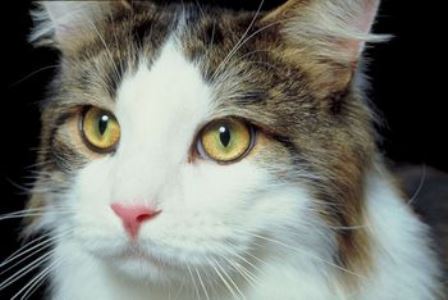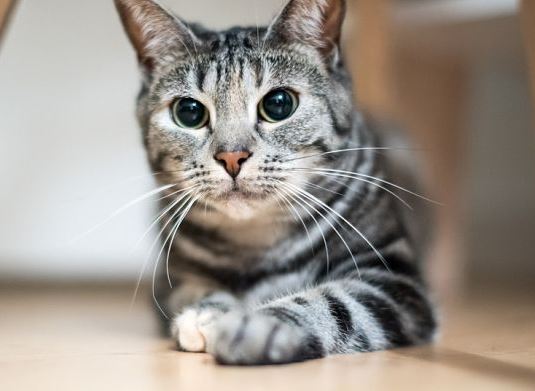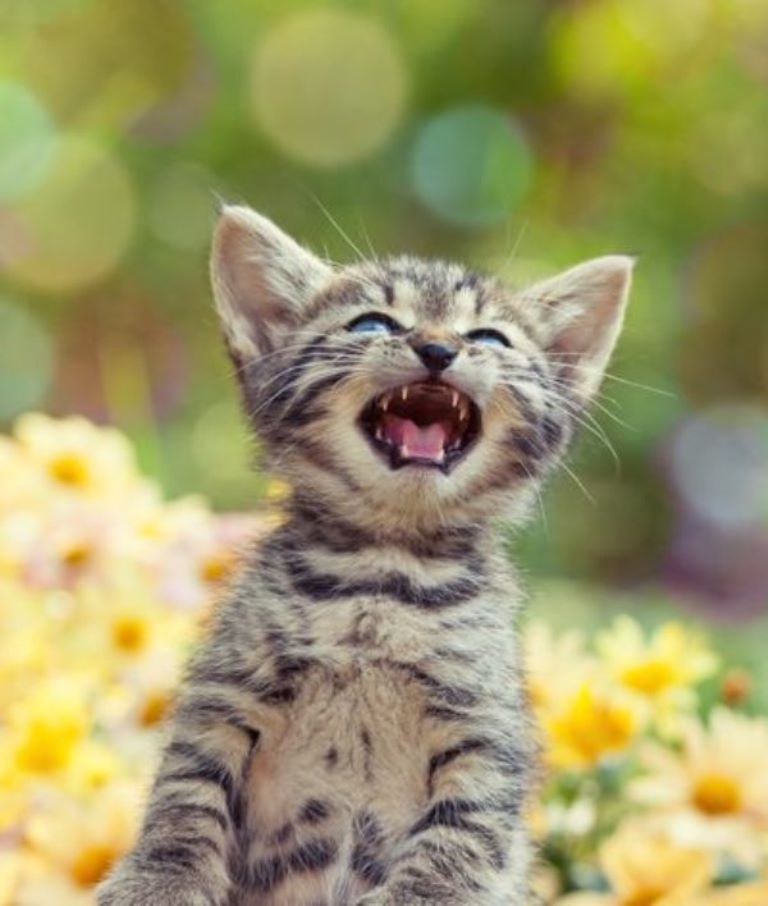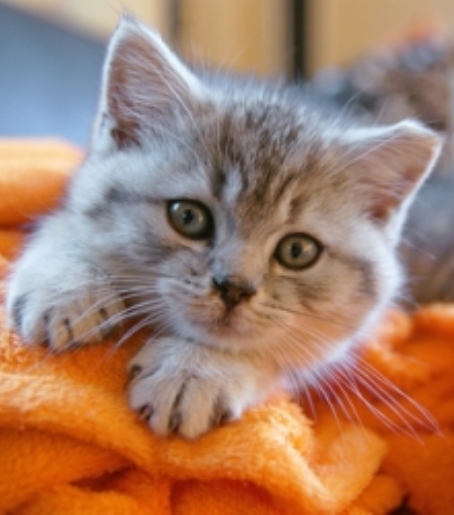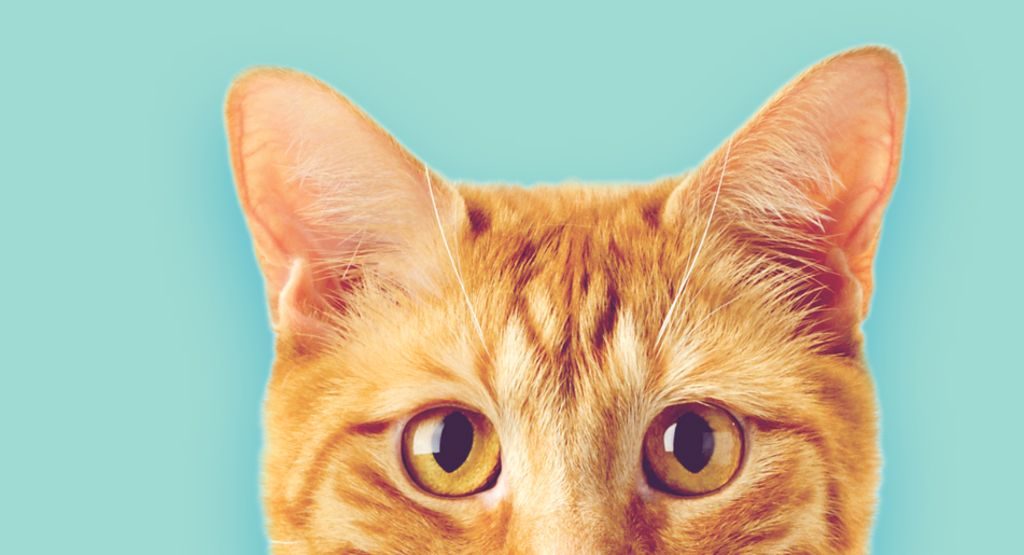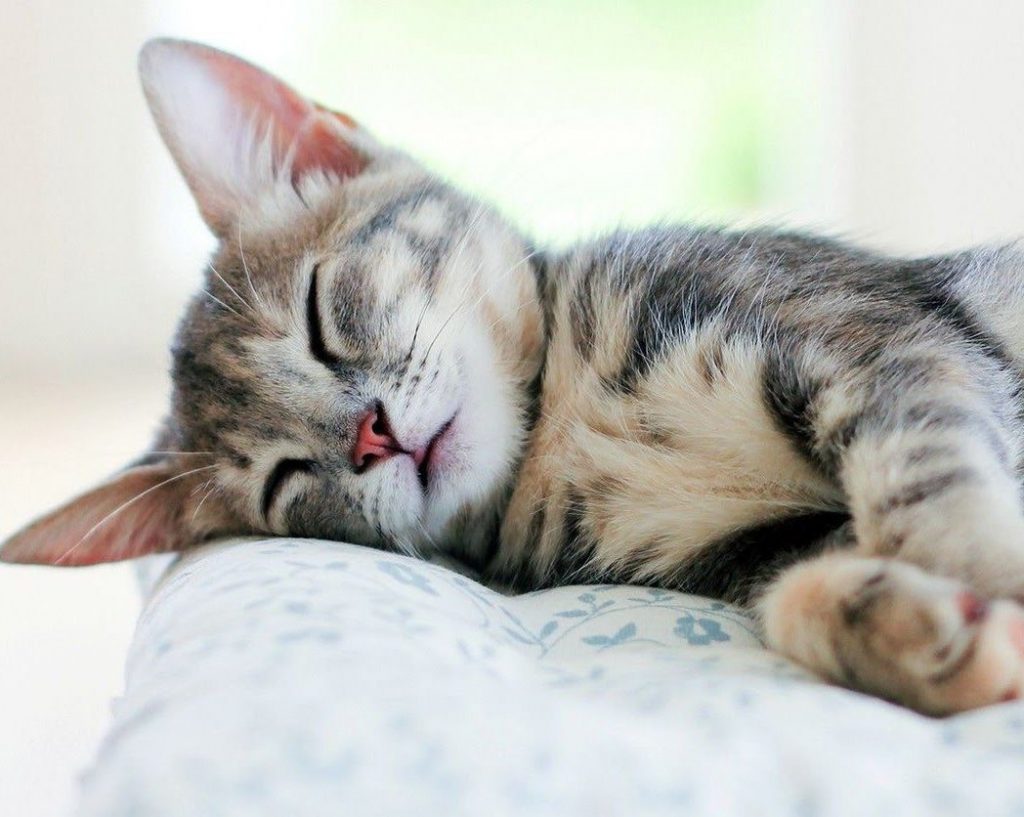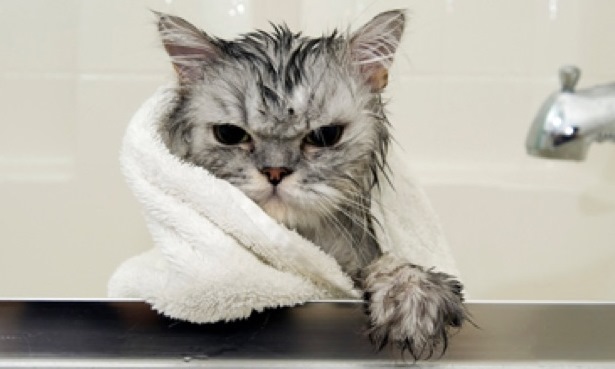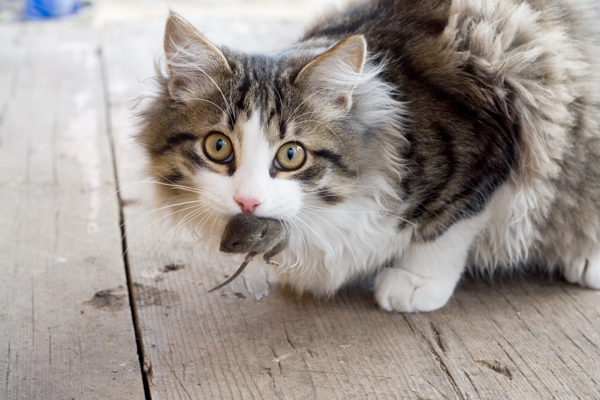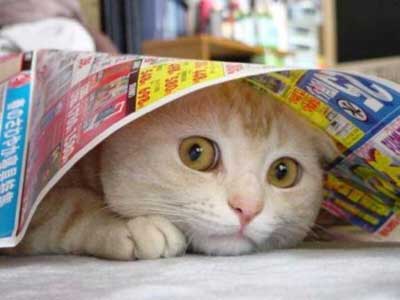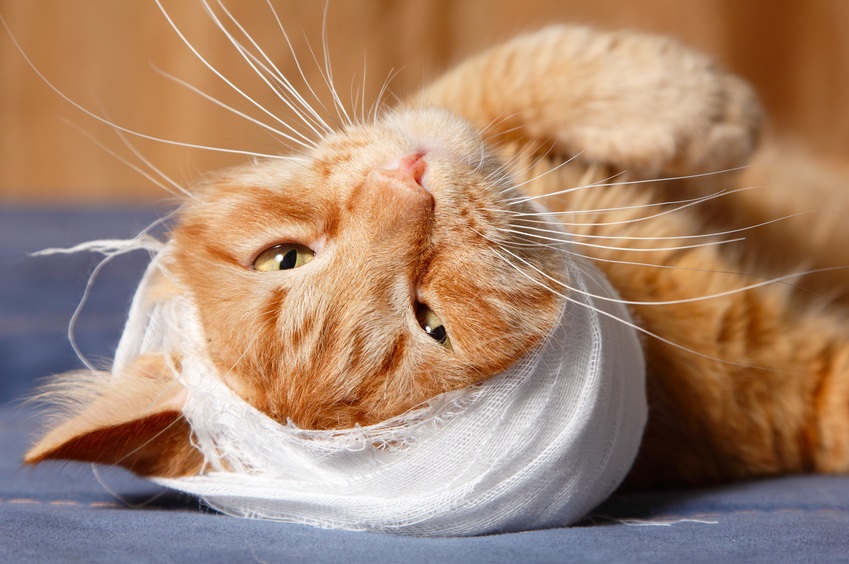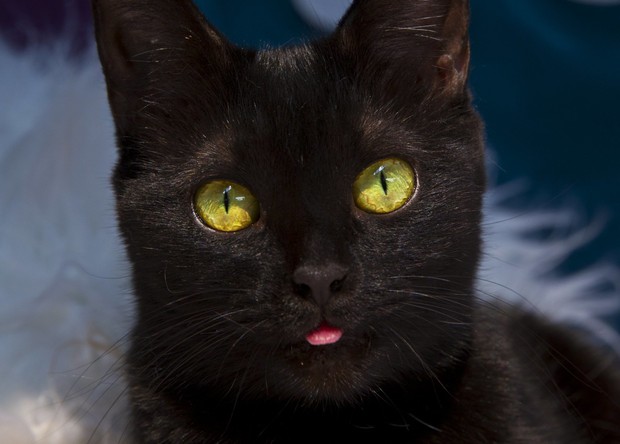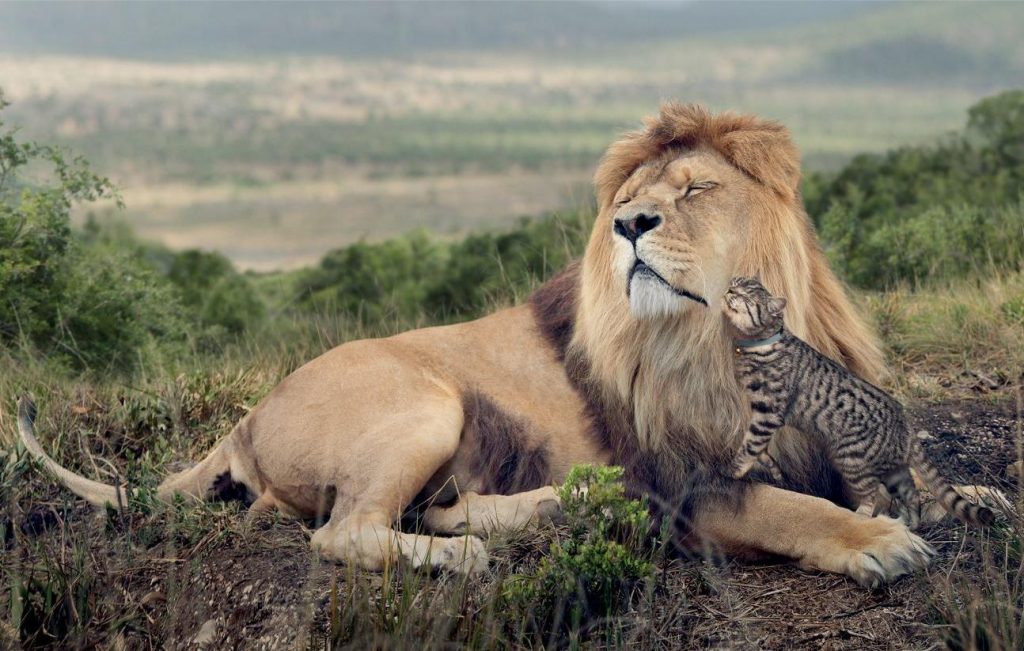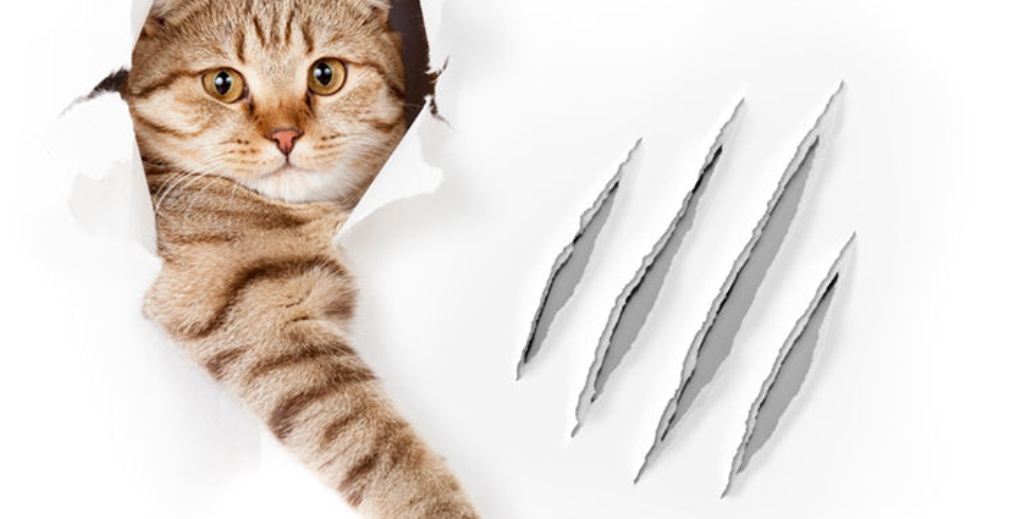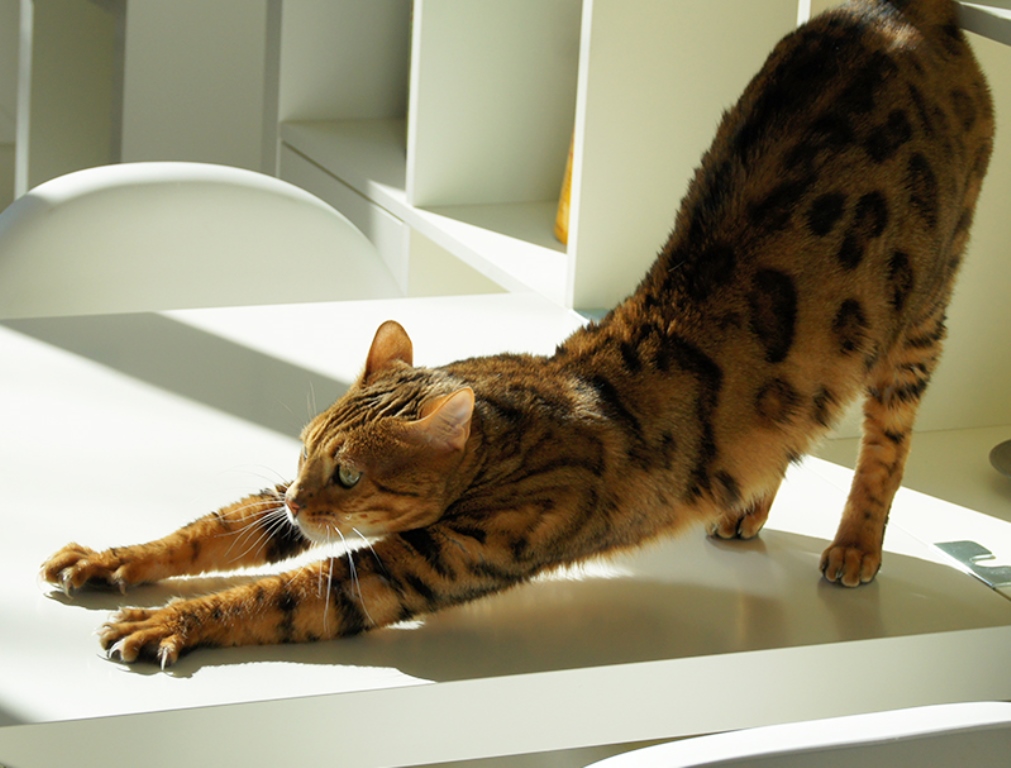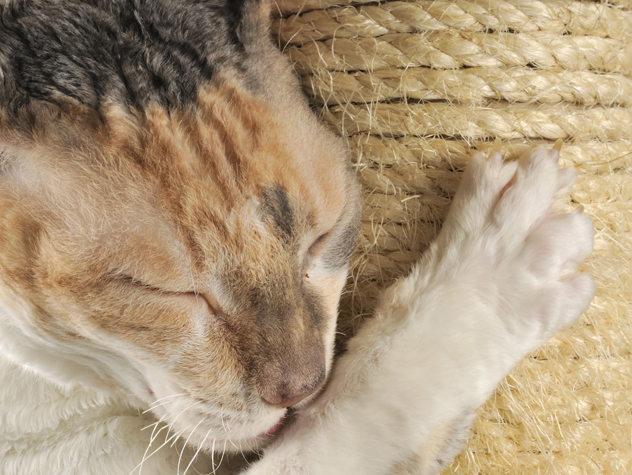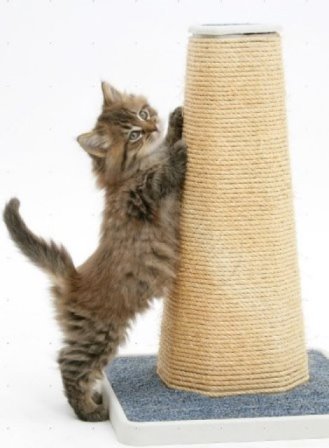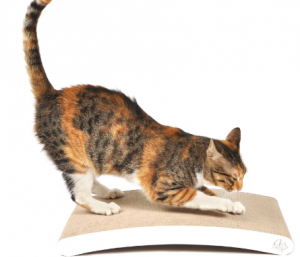Feline Behavior
Do you ever wonder what your cat is thinking? Do you notice odd behavior that you just can’t seem to understand? Do you wonder why your cat bites every time you give it a belly rub? Do you notice your cat’s meow seems to sound differently depending on the circumstance? These are just a few of the things that cat owners notice about their beloved pet. Believe it or not, there are many ways that cats communicate with us everyday from purring to scratching and even the sound of their cry can mean a variety of things. On this page you will find information on just a few of the many behavior traits including how cats communicate and why scratching is so important for your feline.



